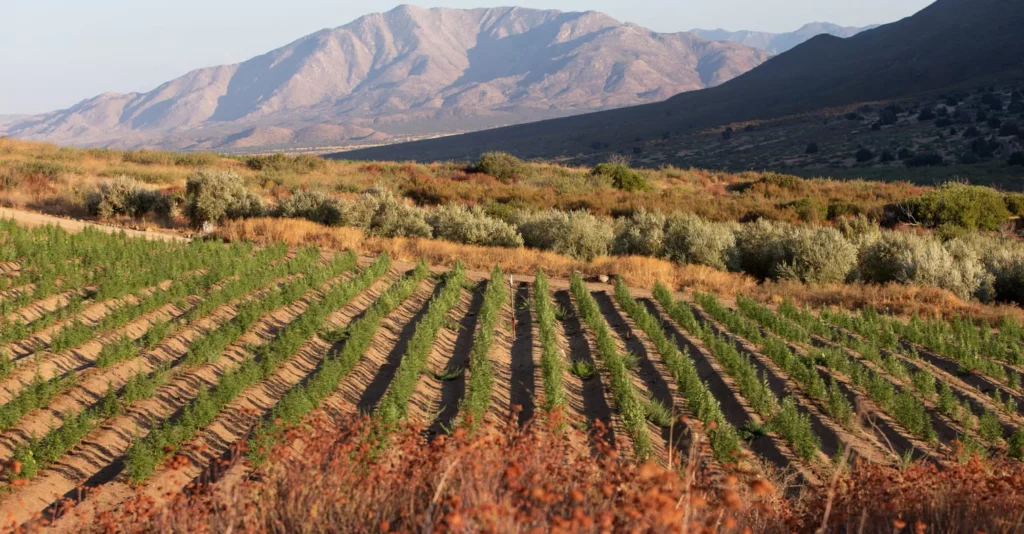Introduction
As sustainable agriculture continues to gain attention, regenerative farming has become one of the leading approaches for improving soil health, biodiversity, and ecological balance. This method is particularly important in the production of CBD. Hemp, a plant already known for its environmental benefits, can play a significant role in building healthier ecosystems when grown with regenerative techniques.
With the rising demand for CBD across the U.S., including states like California, more producers are turning to regenerative farming to secure both the quality of their products and the future of the planet. This article explores what regenerative farming is, why it matters for CBD production, and its role in creating a sustainable future.
1. What is Regenerative Farming?
Regenerative farming is a holistic agricultural practice focused on restoring and enhancing soil health, biodiversity, and ecosystem balance. Unlike traditional farming that relies on chemicals and depletes soil, regenerative farming rebuilds soil vitality.
Key practices include:
-
Minimal soil disturbance (low tillage)
-
Planting cover crops to protect and enrich the soil
-
Crop rotation to boost fertility and reduce pests
-
Using livestock for natural fertilization
-
Promoting plant diversity
These approaches create healthier soil and more resilient crops, making regenerative farming an excellent choice for cultivating hemp.
2. Why Soil Quality Matters for CBD
Hemp is a bioaccumulator, meaning it absorbs both nutrients and contaminants from the soil. Healthy, toxin-free soil is therefore crucial for producing clean, potent CBD.
Regenerative farming increases organic matter and microbial life in soil, helping hemp plants grow stronger, absorb more nutrients, and produce higher levels of cannabinoids like CBD.
Conventional farming, in contrast, leads to soil depletion, weaker crops, and often lower-quality CBD.
3. Environmental Benefits of Regenerative Farming
Adopting regenerative practices brings wide-ranging environmental benefits, which are critical in today’s climate:
-
Carbon Sequestration: Healthy soil stores carbon, reducing greenhouse gases. Hemp is particularly efficient at absorbing carbon.
-
Water Conservation: Improved soil structure holds water, reducing irrigation needs and preventing erosion.
-
Biodiversity: Supporting plant and animal diversity reduces chemical use and builds resilient ecosystems.
Through these benefits, regenerative farming not only helps CBD producers but also contributes to restoring the planet.
4. Hemp’s Role in Regenerative Agriculture
Hemp’s fast growth and deep root system make it perfect for regenerative systems:
-
Prevents soil erosion
-
Improves water infiltration
-
Requires minimal chemical inputs
-
Detoxifies polluted soil through phytoremediation
This makes hemp one of the most sustainable crops available for producing high-quality CBD.
5. Regenerative Farming and the Future of CBD
As conscious consumers increasingly choose environmentally friendly products, regenerative farming offers CBD companies a way to meet demand sustainably.
Farms using these methods are more resilient to climate change and environmental stress, ensuring that they can continue to produce top-quality CBD far into the future.
Regenerative farming supports healthier soil, cleaner crops, and a greener planet, making it essential for the next era of CBD production.
Conclusion
Regenerative farming is a vital step toward creating a sustainable CBD industry. By focusing on soil health, biodiversity, and ecological balance, hemp farmers can produce better-quality CBD while caring for the planet.
For those in California and across the U.S., choosing CBD products from regenerative farms means supporting sustainability and enjoying purer, more potent CBD.



